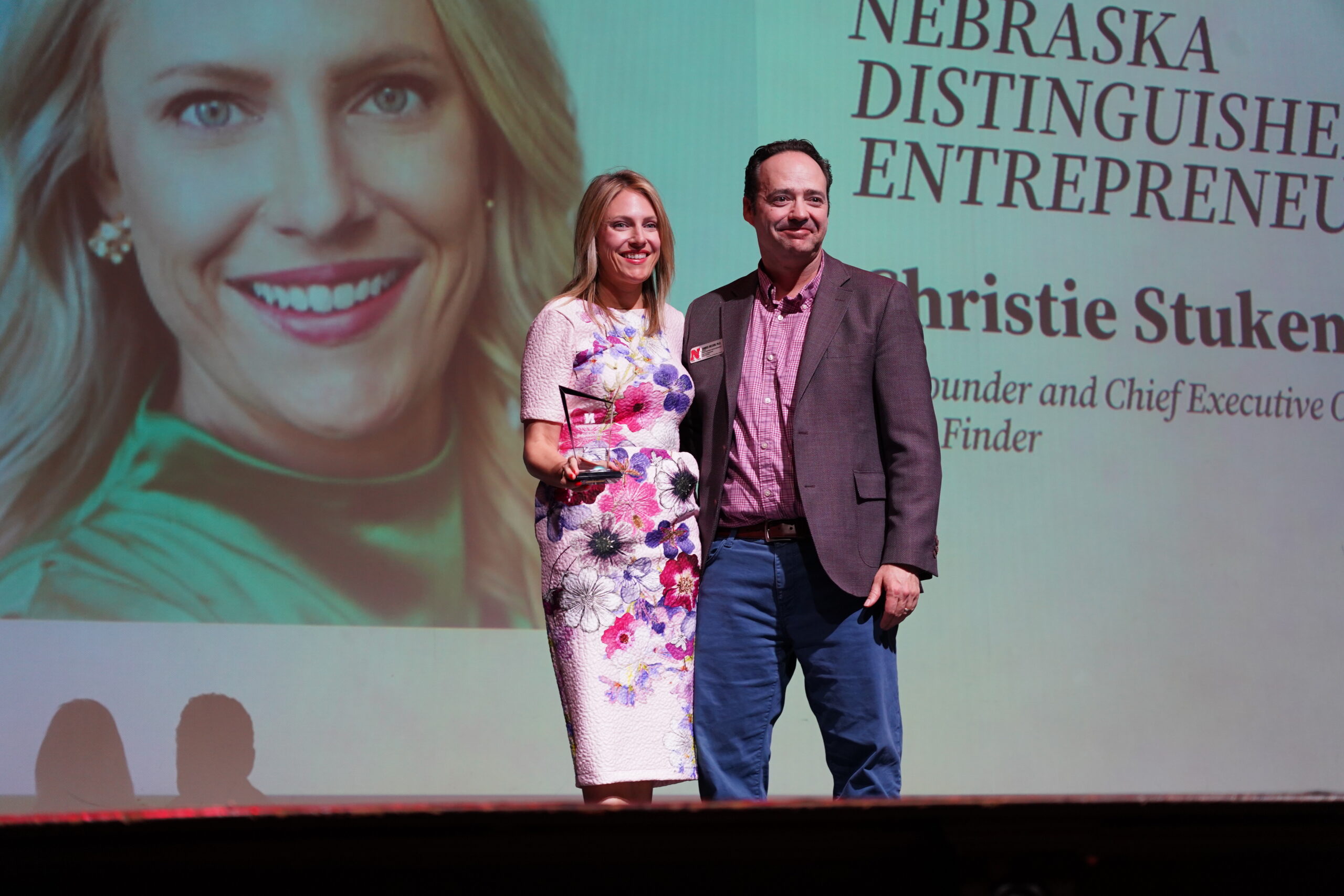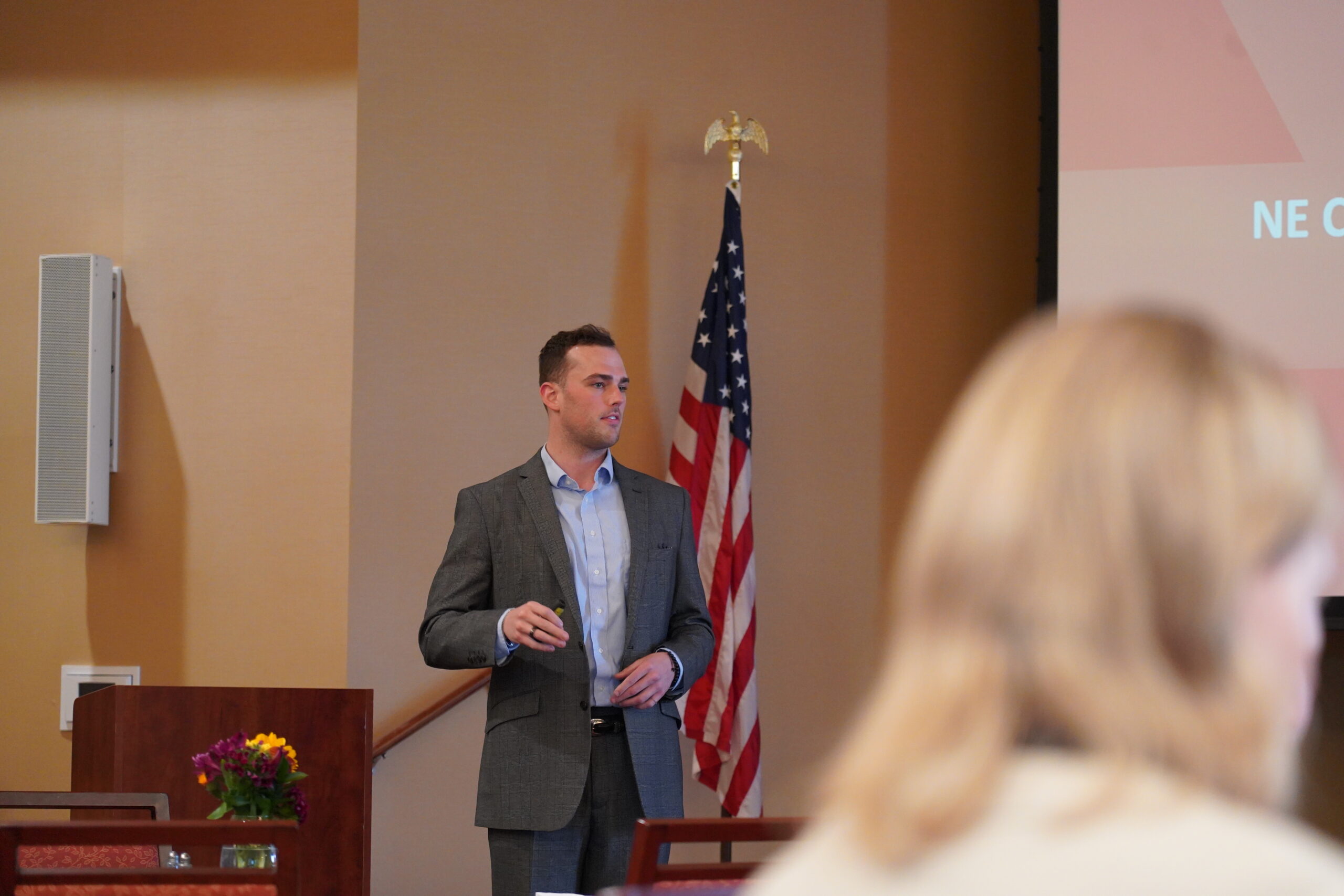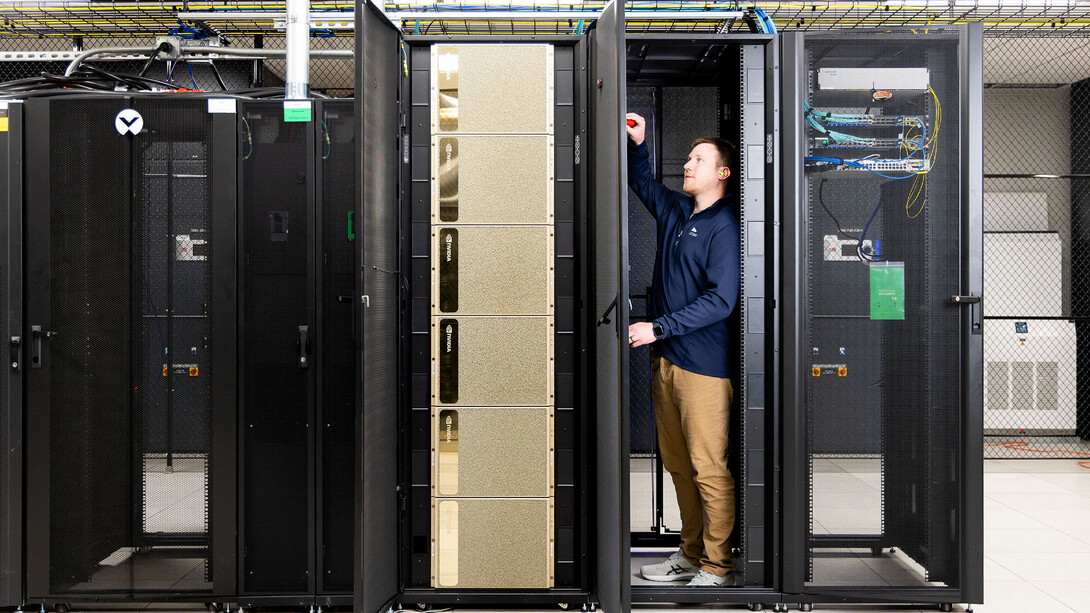Midwest Startups powered by M25 released its 2025 Best of the Midwest Startup Ecosystem Rankings, a list of 64 cities that showcases the top Midwestern hubs for startup growth and success. Factors such as entrepreneurial activity, resource and talent available, and economic infrastructure are used to calculate a score for each city. This year, Lincoln ranked 15th and Omaha ranked 16th.
The total scores used to determine rankings are calculated based on 25 variables. These include the available VC funds and angel investors in a region, the presence of Fortune 500 companies and university systems, the number of issued patents and the cost of living. According to M25, data came from sources including PitchBook, the U.S. Census and U.S. News and World Report.
Lincoln had a total score of 21.7. Omaha had a total score of 20.3.
The top five cities by rank, including their total scores, were:
- Chicago, Illinois (54.6)
- Minneapolis, Minnesota (34.7)
- Indianapolis, Indiana (32.5)
- Pittsburgh, Pennsylvania (31.6)
- Ann Arbor, Michigan (31.0)
M25 is an early-stage venture capital firm based in Chicago. M25 prioritizes investing in tech startups at pre-seed and seed stages based in the Midwest. The firm runs the website Midwest Startups to provide support and context to the larger Midwest startup ecosystem and has been running its Best of the Midwest Startup Ecosystem rankings since 2017.
Victor Gutwein, founder and managing partner at M25, said a key motivation behind the annual rankings is to spark conversations among the stakeholders of each city about how each hub could improve. He said founders have used the list to determine the best place to move their headquarters, and investors have used the list to determine where they should prioritize their time in finding their next investment.
Gutwein said politicians, economic leaders and city representatives need to be mindful of what other ecosystems are doing in order to stay competitive with attracting talent and new businesses. It’s not enough, he said, to be satisfied with a few successful case studies.
“Let’s not just be content, because I do think that is what happens with our startups, with our cities,” Gutwein said. “What are they doing in Silicon Valley? We need to move even faster. We need to shoot even higher. We need to try to be bigger.”
By comparing the results to the findings of past years, Gutwein said the current startup environment is one impacted by a decline or pause in VC funding and accelerators, as well as shifting government funding resources. In a world of “walking-dead” funds with little to no activity, he said Nebraska has stood out due to the state government’s consistent support for resources such as Invest Nebraska — as well as the continued activity of accelerators such as NMotion.
“People can say pros and cons about the accelerator model, but it was spitting out a lot of shots on goal for these communities,” Gutwein said.
When looking at Lincoln and Omaha specifically, Gutwein said Lincoln pulled ahead of Omaha due to factors such as its number of recent company exits and overall startup momentum — which was third-highest out of all the listed cities. M25 defined startup momentum as the percentage of change in the number of startups in the last five years.
As Omaha and Lincoln are highly interconnected, Gutwein said a combined score of the two could have placed the duo in the top 10. However, keeping the two cities separate allows the competing interests of both hubs to remain intact — especially as a startup can truly have only one headquarters in either city.
Gutwein said the city rankings are based on a weighted scoring system derived from formulas for each category, rather than direct numbers. He said startups within the living sciences industry were excluded from calculations due to potential score inflations. Such startups, Gutwein said, tend to have unique development pathways — typically based on proven patents and research over proven sales.
For example, a living sciences startup may complete a multibillion-dollar exit to an established corporation, but it may have remained affiliated within a university’s lab setting and a smaller core team of experts. In comparison, a growing software company would likely show progression with a new headquarters built downtown affiliated with scaled hirings, Gutwein said.
You can read a breakdown of how M25 calculated rankings and the full 2025 list here.





Leave a Reply